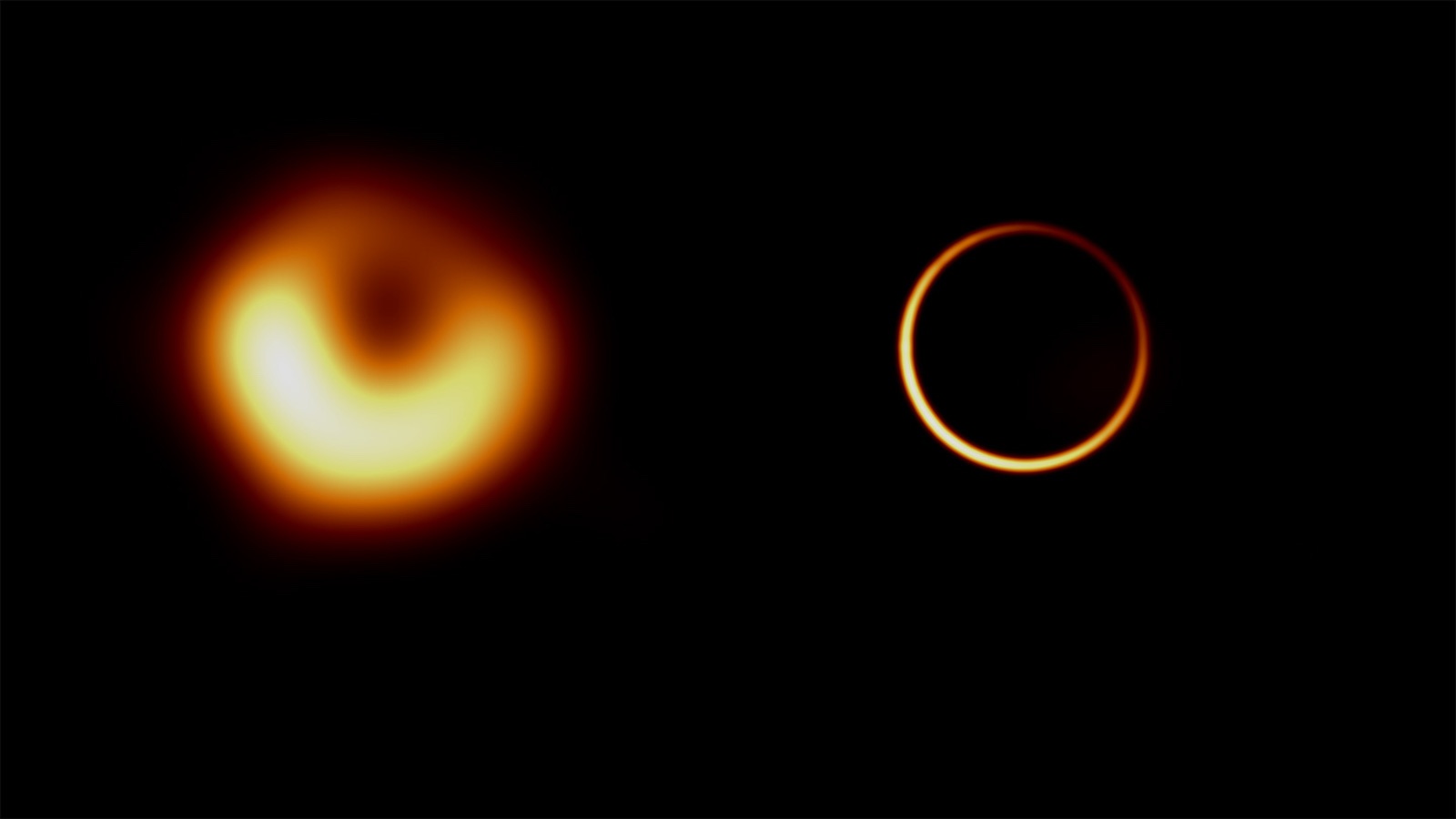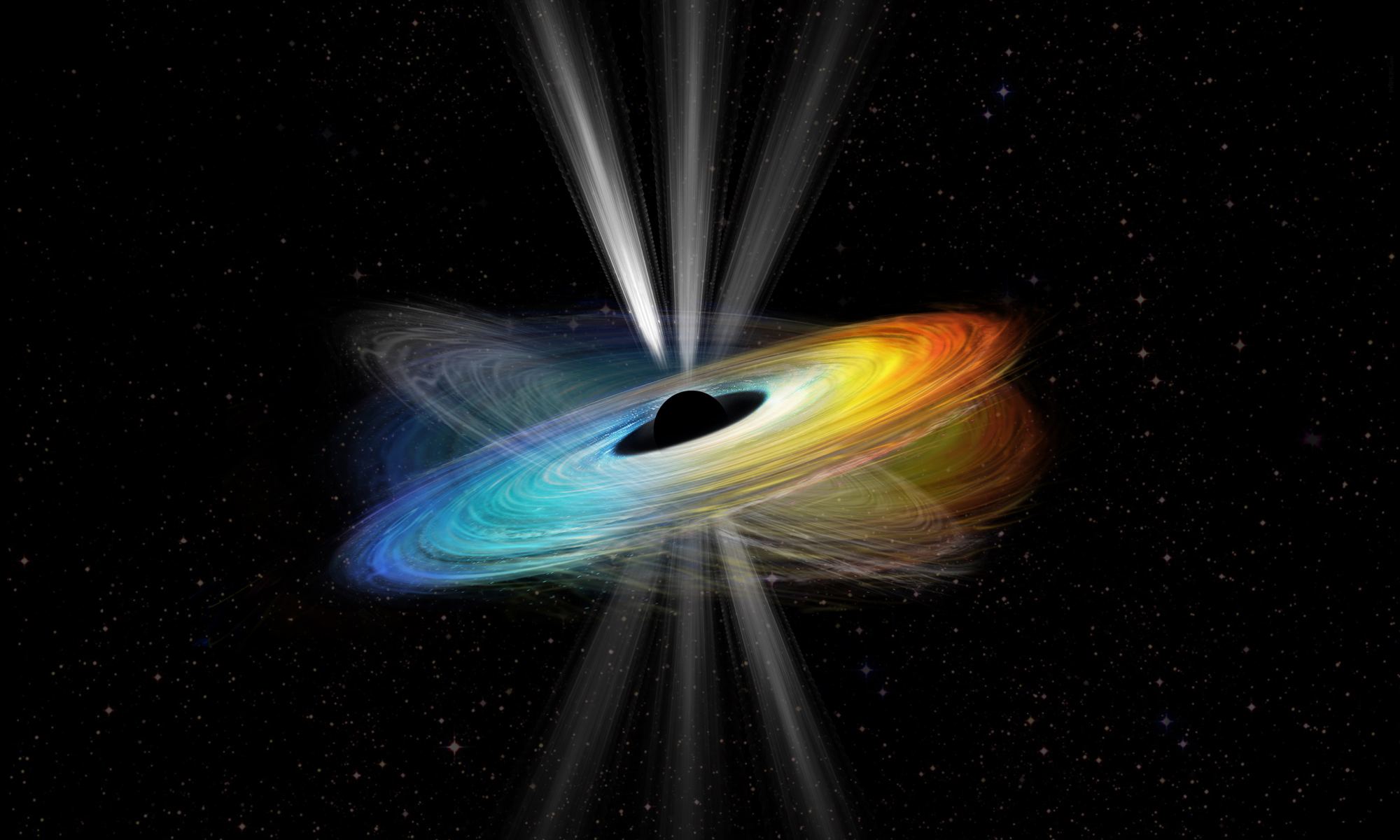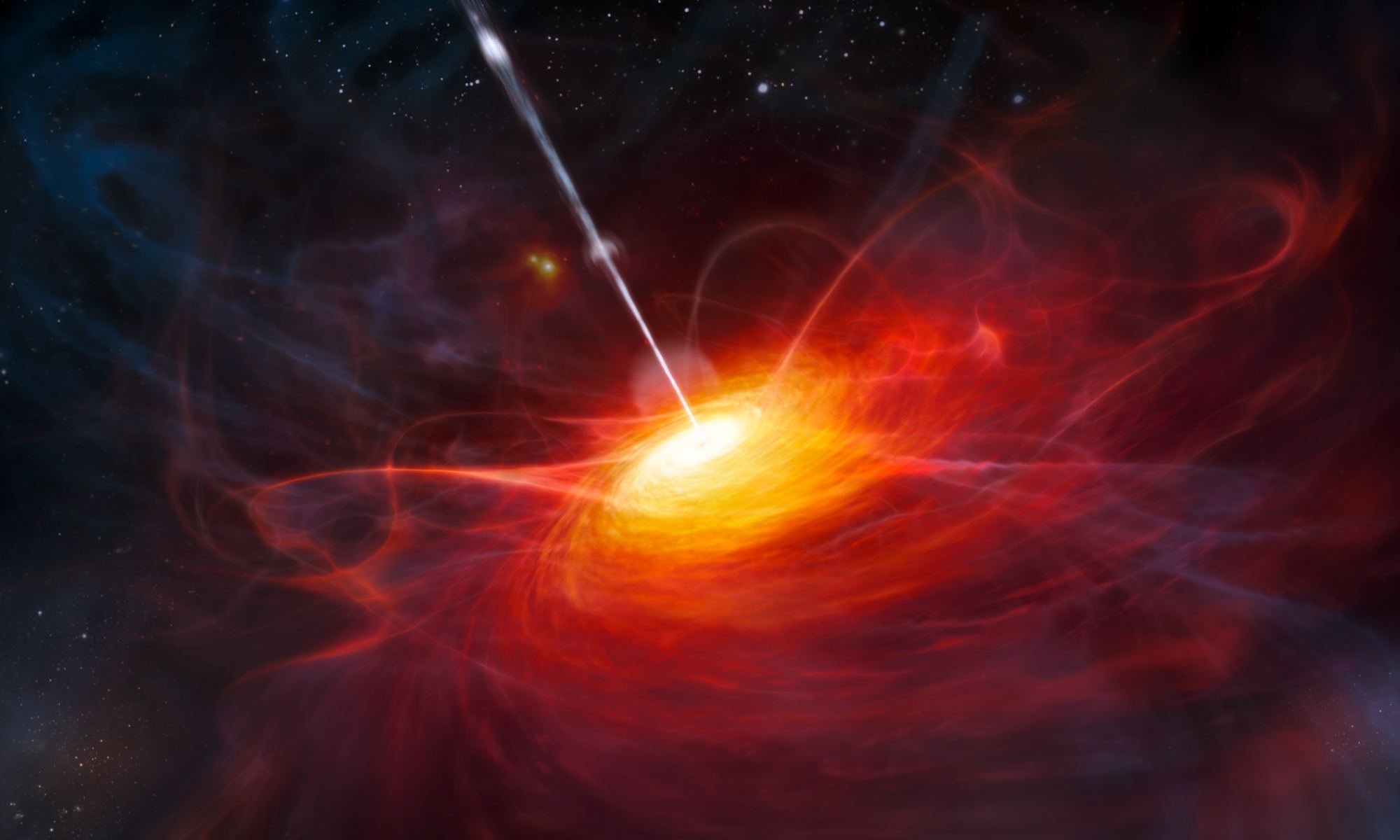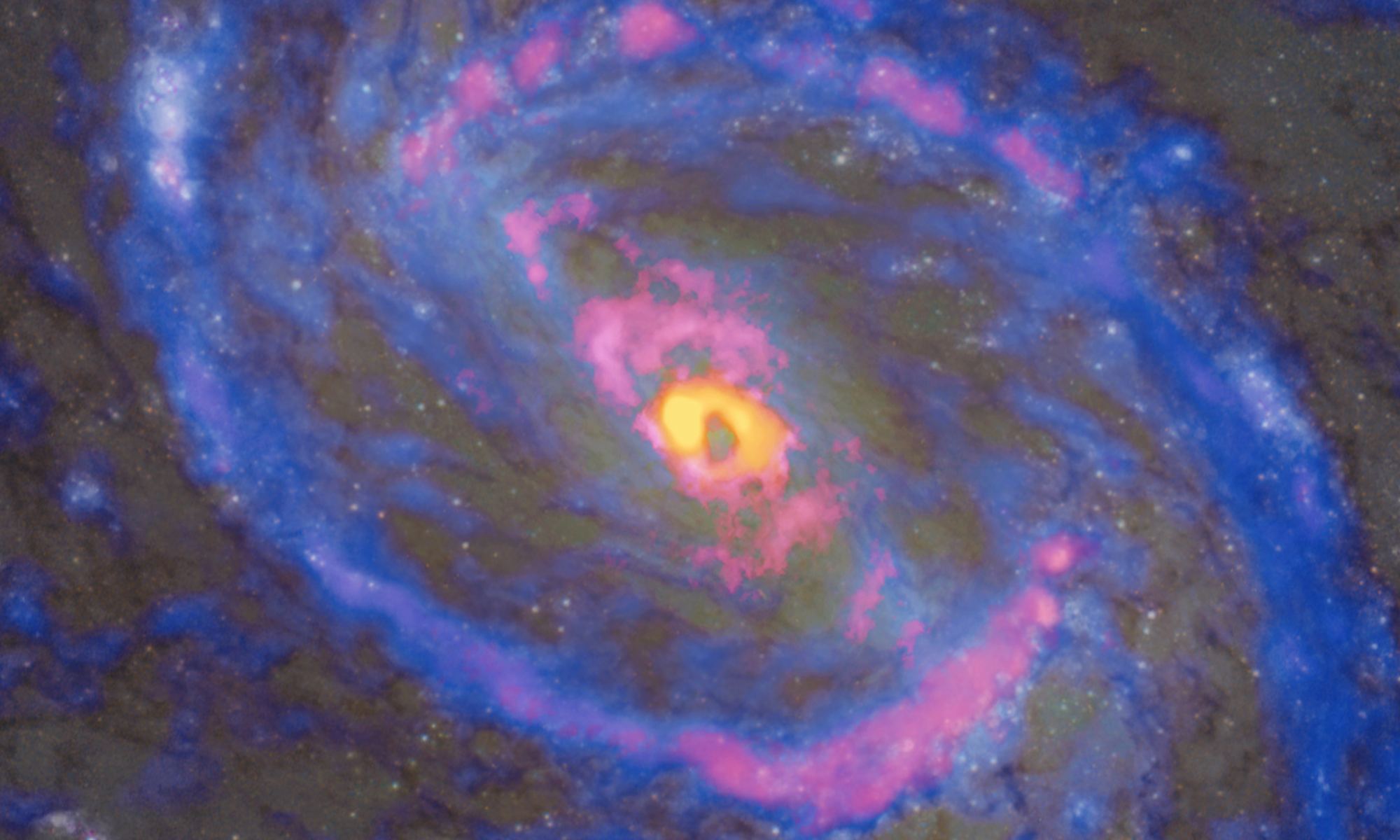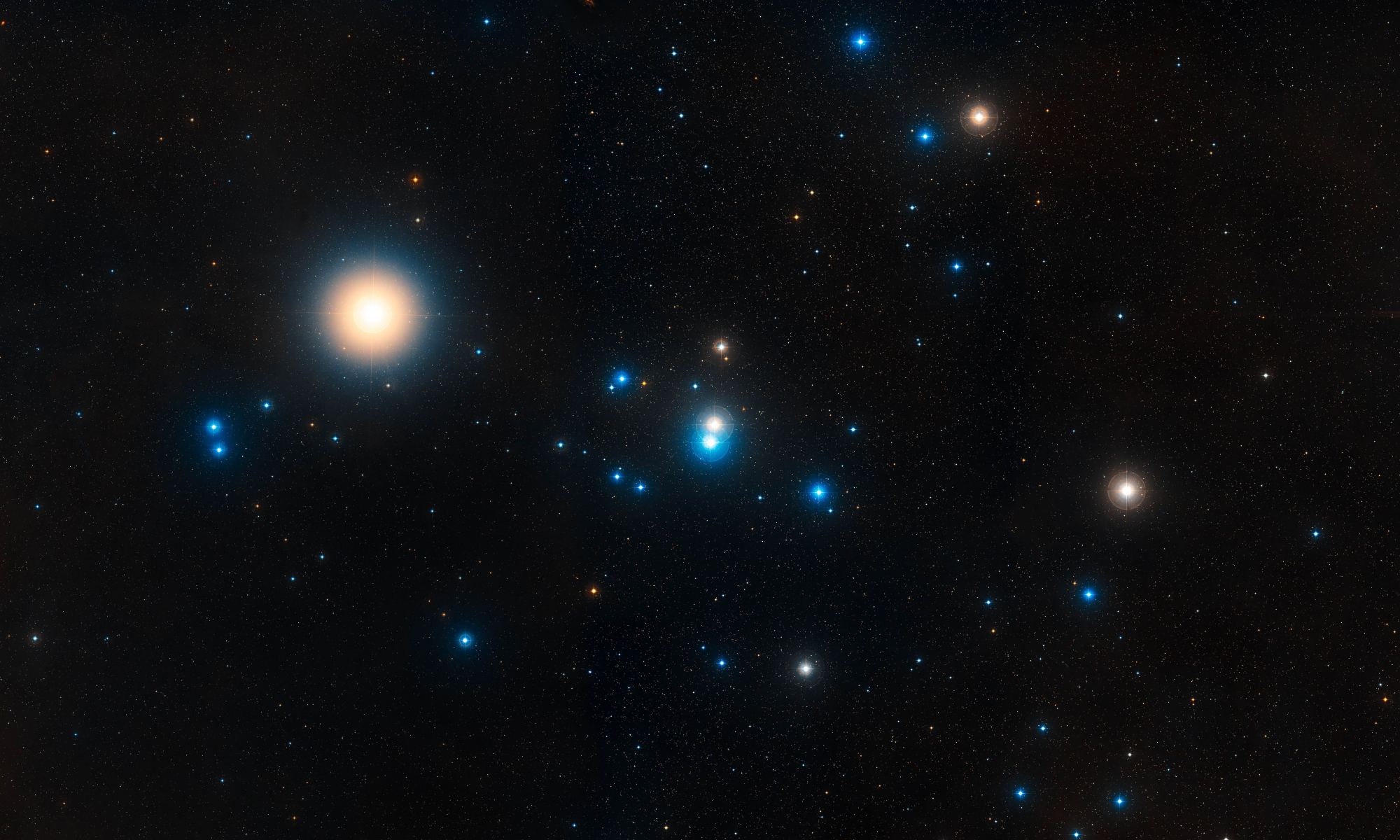When the Universe erupted into existence with the Big Bang, all of its matter was compressed into a tiny area. Cosmologists theorize that in some regions, subatomic matter may have been so tightly packed that matter collapsed into primordial black holes. If these primordial black holes exist, they’re small, and they could be hiding among the population of free-floating planets.
Continue reading “Roman Could Finally Tell Us if Primordial Black Holes Exist”Roman Could Finally Tell Us if Primordial Black Holes Exist





